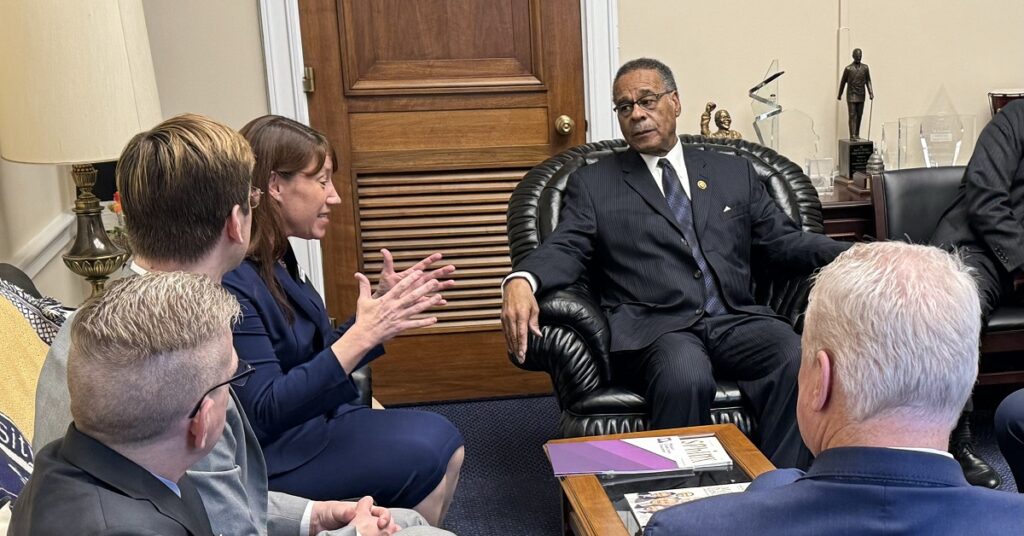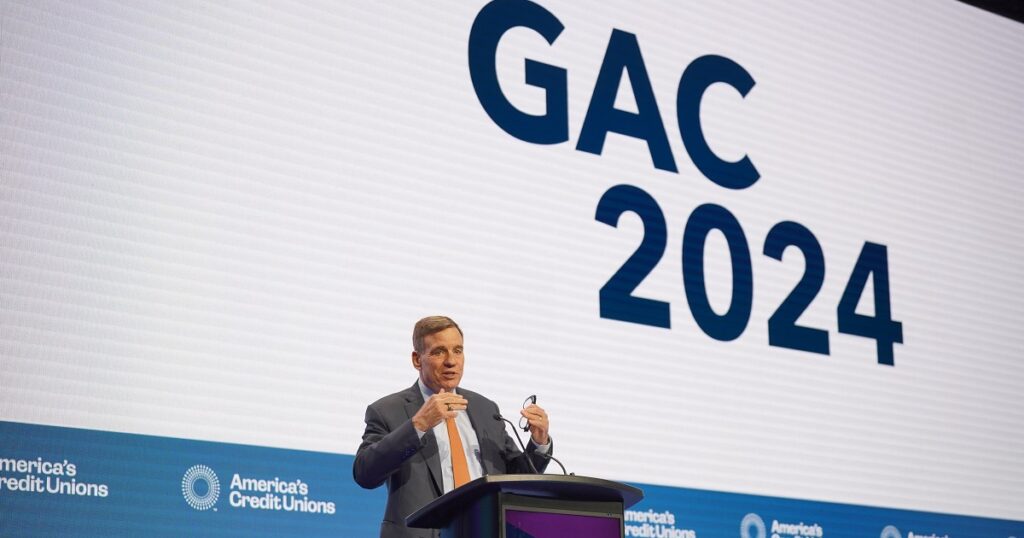
Dr. Jennifer Golbeck has complicated feelings about artificial intelligence. The computer scientist and University of Maryland professor hopes people understand why after her presentation on “AI, Connectedness, and the Big Data Future for Financial Services” at America’s Credit Unions’ Governmental Affairs Conference in Washington, D.C., March 4.
“It’s complicated—a combination of optimism and caution,” Golbeck says, noting she’s an advocate of trustworthy, responsible AI. “The technology is powerful. It can do amazing things. It can help you and your members, but also there are so many ways to use it wrong. What’s the way to do this that’s ethical, responsible, meets people’s expectations, helps everybody, and avoids any pitfalls?”
The potential drawbacks require credit union leadership to ask questions like: How is this tech going to be useful? What are our general goals? How do we see this fitting into those goals? How do we start testing that out?
Golbeck, the director of University of Maryland’s Social Intelligence Lab, believes thoughtful consideration is particularly important for credit unions. For one, credit unions are a regulated industry, and must be aware of the complications that can develop as AI progresses. Plus, credit unions’ deep relationship with their members requires them to be responsible stewards of their members’ money and interests.
“Credit unions are loved because people trust them,” Golbeck says, stressing the importance of data protection. “That trust is a critical part of what credit unions care about. If you use AI in a way that people don’t expect, or if they didn’t consent to it, that feels creepy. It’s easy to lose that trust. You do one thing that crosses a line, and a lot of that trust can go away.”
Therefore, the challenge for credit unions is to “adopt the tech that’s going to allow them to have better relationships with their members, but also keep in mind what people’s expectations are. How do you do this responsibly to keep that trusting relationship with your members intact?”
Golbeck suggests part of the uncertainty around AI stems from the way the technology has been released. Typically, the public receives tech products after companies have made them work properly. With AI, it works, but Golbeck says companies “haven’t necessarily made it work right.”
With that in mind, she stresses that organizations considering adopting AI examine everything before deciding whether to use it. There’s still time to have these conversations.
“We’re at the very beginning of the early adopter phase,” Golbeck says. “We’re at the phase where people are like, ‘This sounds like a thing I should do. And maybe I’m going to do it.’ That’s the worst way to go into this, because then you don’t have any purpose. You’re just saying that you have the tech. The right way to consider AI is to be thoughtful about it.”
Register now to attend GAC in-person or online, March 3-7. Use #GAC2024 on social media to engage with America’s Credit Unions and industry advocates throughout the event. Golbeck’s presentation is sponsored this year by Glia.


